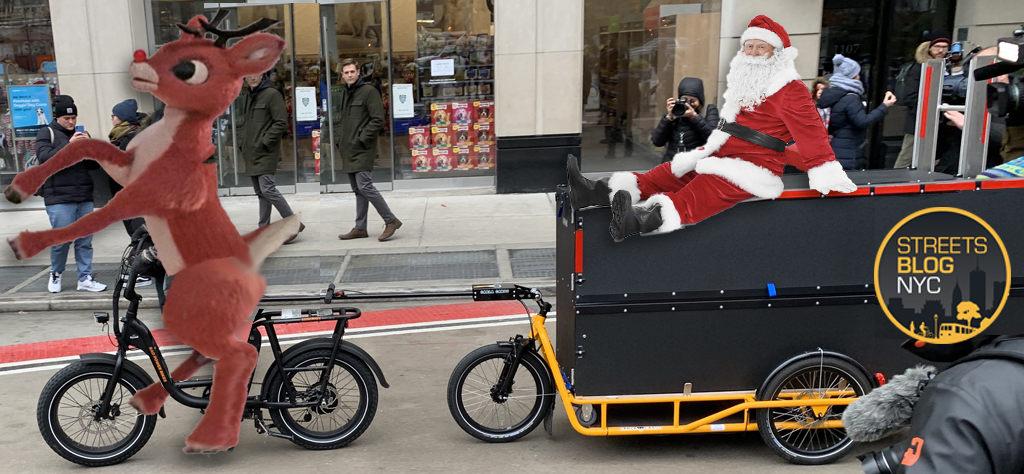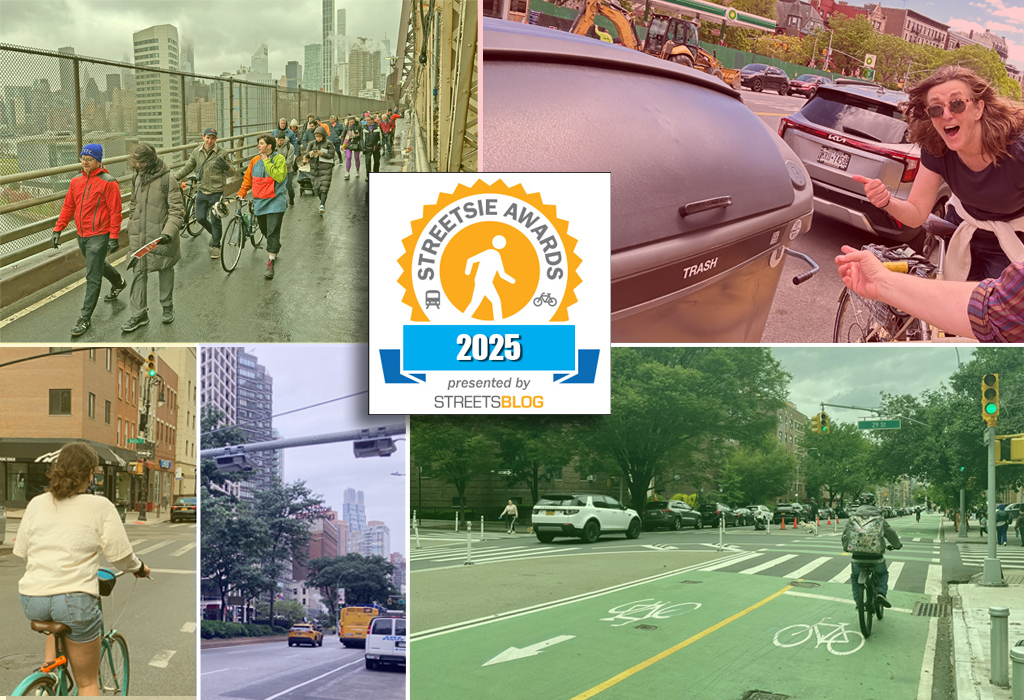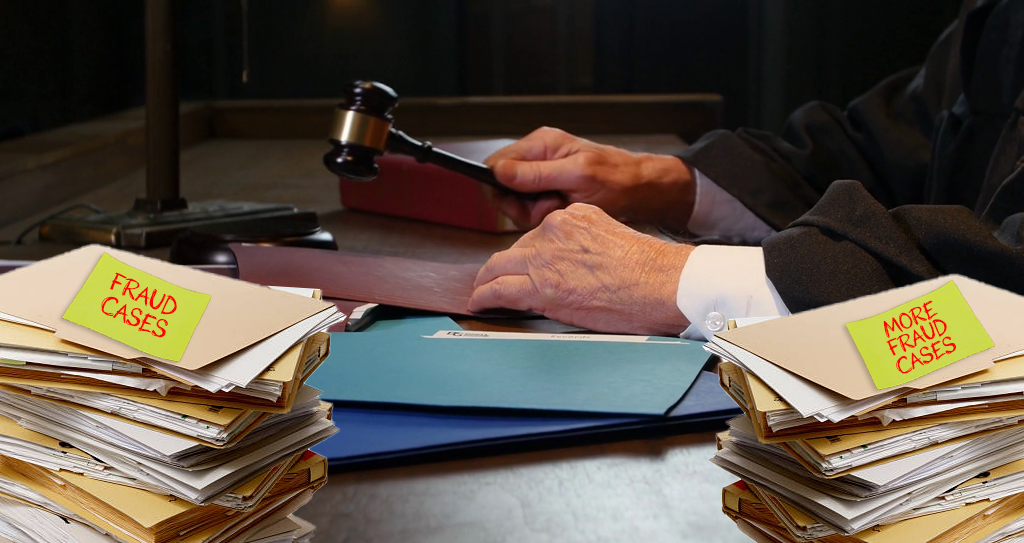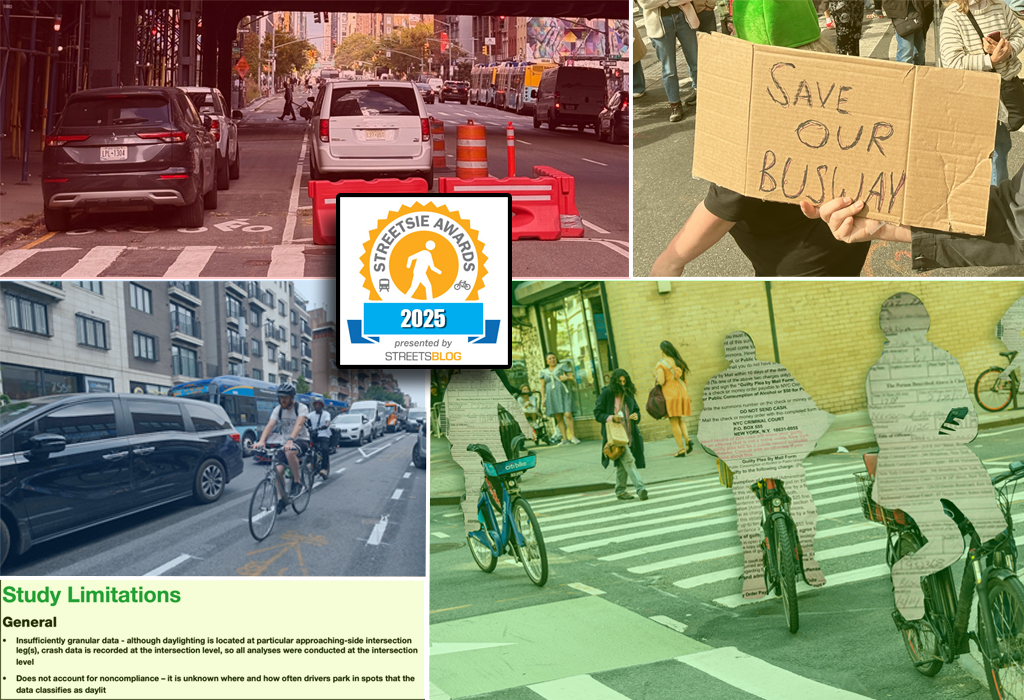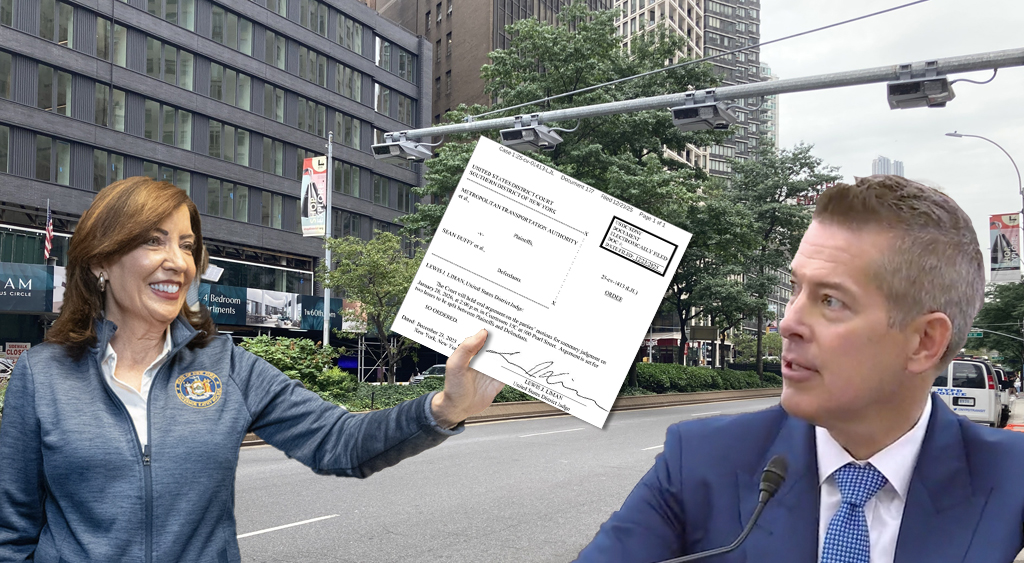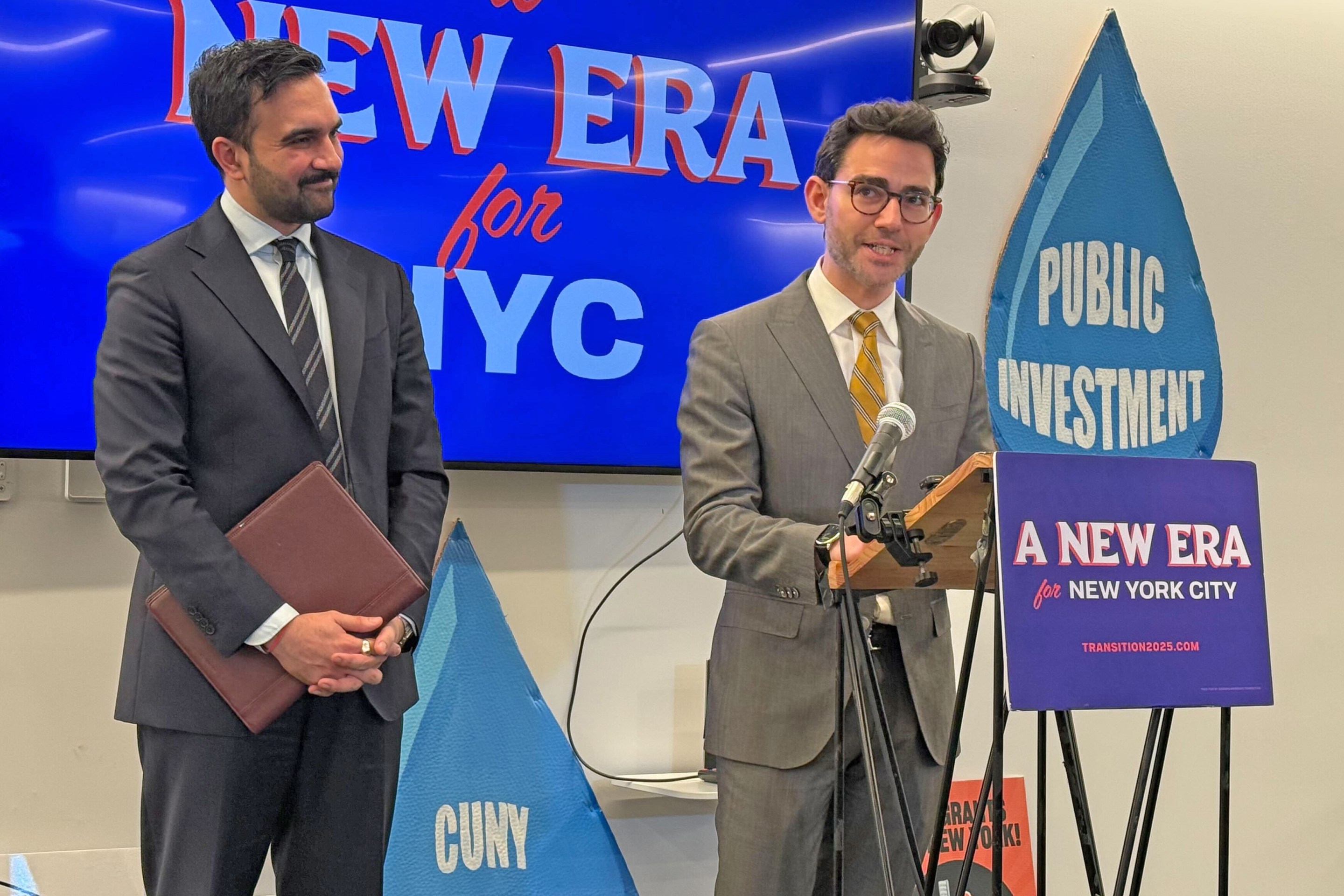 A typical New York street fair. This one's on the Upper West Side, not that it makes a difference. Photo: Ed Yourdon/Flickr
A typical New York street fair. This one's on the Upper West Side, not that it makes a difference. Photo: Ed Yourdon/FlickrEvery summer, New Yorkers face a dire shortage of tube socks. Or so you'd assume if you walked through the city's 300-odd street fairs. Though some fairs are cherished local institutions, the majority are corporate cookie-cutter affairs. That's a real wasted opportunity in a city so starved for public space.
With so much room for improvement, the Center for an Urban Future asked 24 New Yorkers what they'd do with the city's street fairs. Though particular proposals spanned the entire spectrum of the possible, nearly all agreed that street fairs need to be tied more closely to their particular community and that the city needs to allow more experimentation.
With notable exceptions like the acclaimed Atlantic Antic festival, most of New York's street fairs are nearly indistinguishable. Fully half of all permits to sell food at street fairs are held by only 20 vendors, according to a 2006 study by the Center for an Urban Future.
To make matters worse, dissatisfaction with the current crop of street fairs, which anger many residents by blocking traffic and creating piles of garbage, has led to a moratorium on new street fairs. That means that what you see is all you're going to get. There's no competition from new kinds of fairs.
To top it all off, the city loses money on every street fair because of overtime costs for police officers. Something's got to change.
Most people interviewed highlighted the importance of tying the street fair to the local community. "New York has very distinctive neighborhoods," said Kent Barwick, president emeritus of the Municipal Art Society, "so it seems to me that we should encourage elements of street fairs that are distinctive." The most praised fairs -- the Ukrainian Festival in the East Village, International Pickle Day on the Lower East Side, the Queens Art Express -- all drew their inspiration, and their vendors, from the surrounding community.
As for how to force street fairs to actually reflect the local community, ideas varied. Perhaps the best thought-out was a plan by Deborah Martin, the executive director of the Design Trust for Public Space, to create a tiered system of permits, with vendors required to pay more to participate the further away their bricks-and-mortar operation is located.
Currently, all street fairs are sponsored by non-profits, a set-up that's intended to create that desired community atmosphere. But most just use their street fairs as fundraisers, contracting out fair operations to the same handful of companies. "A few promoters have figured out how to make a lot of money," said Sean Basinski, the founder of the Street Vendor Project. "They know the political levers, they have connections with the vendors." These promoters are the ones operating the same fair across the city. (In fact, according to Jim Leff, the founder of Chowhound, the same fair can be found from Nova Scotia to Georgia.)
Of course, from a purely financial perspective, that model works. People show up and they spend. "So what do street fairs offer that is not available elsewhere?" asked Leslie Koch, who's in charge of the public space on Governors Island. "The virtue of them," she answered, "is that they close off the streets." New Yorkers are desperate for that kind of public space.
If it's that simple, there are lots of other ways to use the public realm better. Many interviewees called for more live music, dance, and theater. "It brings out the community, young, old, different nationalities," said hip-hop pioneer D.J. Kool Herc.
One of the more innovative ideas for bringing performance to the streets comes from Paris, by way of author Suketu Mehta. "La Fête de la Musique" installs stages across the city for musicians to use as they see fit; permit requirements and noise ordinances are suspended for the day. Another unique model, suggested by Project for Public Spaces President Fred Kent, is the Dutch kid's market: On the Queen's birthday, children, and only children, set up stands selling old toys or snacks and showing off their talents.
Of course there's always the simple, successful model of New York's Weekend Walks. There are 18 this year. Maybe some neighborhoods would be happy to simply trade in their fried dough for more car-free space with programming courtesy of local organizations.
Let us know: What would you like to see done with New York City's largest street closing program?
